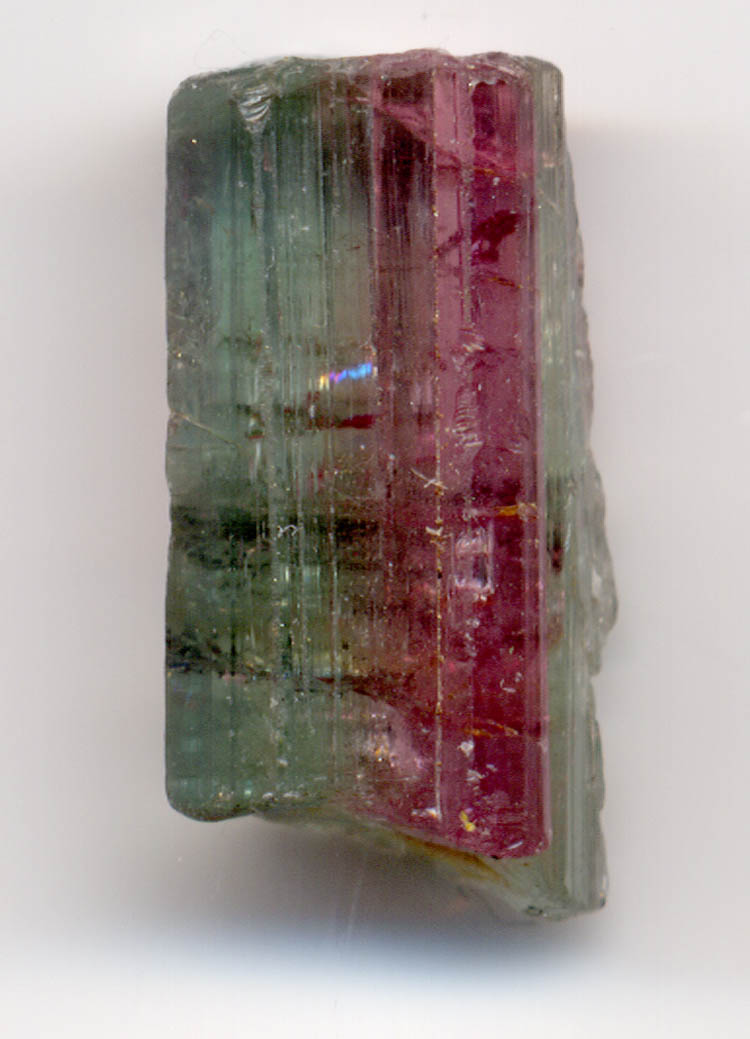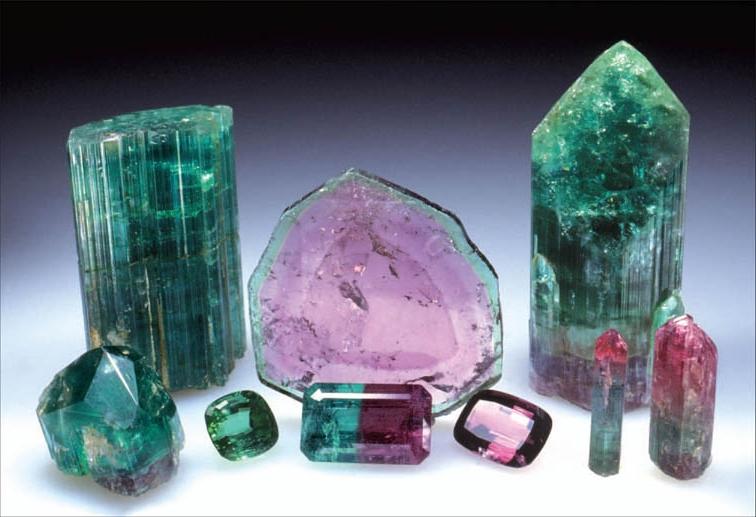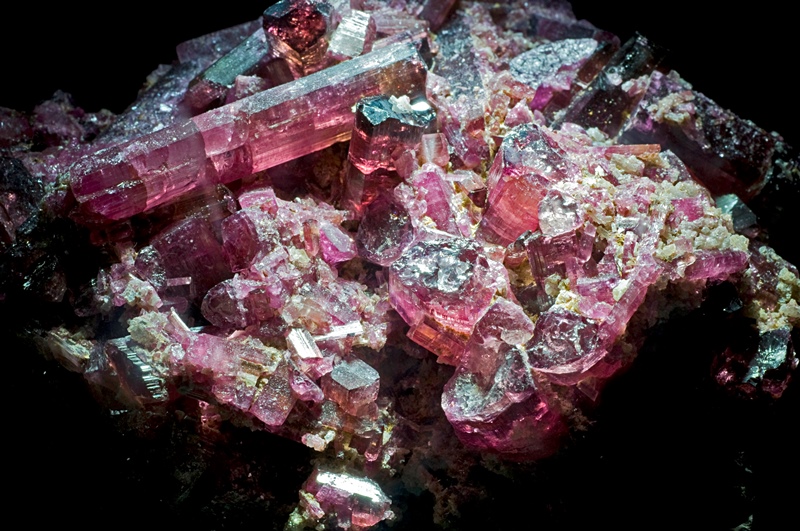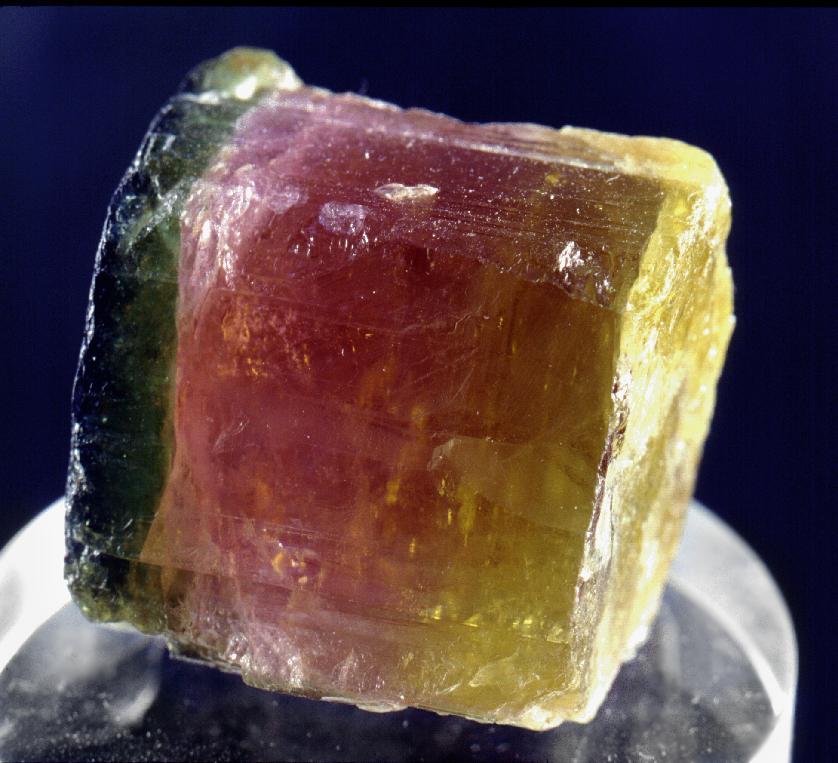
What does tourmaline look like?
Science and chemical research have advanced to the point where minerals that only nature could give us before are easily grown in the laboratory. Often, synthetic stones are passed off as natural and offered at the same price. But the cost of natural crystals is often many times higher than artificial ones, so in order not to be deceived, there are some features of natural tourmalines.

Transparent, translucent
A natural gem can be both completely transparent and translucent, but the light passes through itself in both cases. Its luster is glassy, bright, but sometimes the surface can be resinous, oily. If you decide to buy jewelry with tourmaline, then you should know that natural stone is very hard, it is very difficult to scratch it and leave a mark on it. Also, in a natural gem, transverse shading is clearly visible and a unique phenomenon of polarization of light passing parallel to the optical axis is clearly expressed.

What colors are
Tourmaline has over 50 shades. Depending on the chemical impurities, it can be painted in a wide variety of colors:
- pink - from the color of a tea rose to rich red;
- green - bright grassy to brown-green;
- blue - pale blue to dark blue;
- yellow - all shades of honey, up to orange;
- black - brown to blue-black;
- brown - light golden to brown-honey;
- unique shades - bright turquoise, green with an "alexandrite" effect and many others.
Polychrome

Of particular importance in mineralogy are amazing varieties of tourmaline, which are painted in several colors at once - polychrome gems:
- watermelon - bright raspberry middle framed by a green edging;
- moor's head - light-colored crystals with a black top;
- the head of a Turk is light-colored crystals with a red tip.
Such amazing natural nuggets rarely reach not only store shelves, but even into the hands of jewelers, because due to their rarity and popularity, in most cases they “settle” in private collections.
Leave a Reply